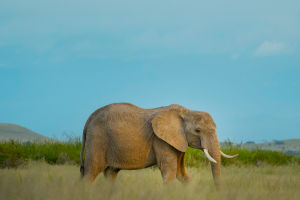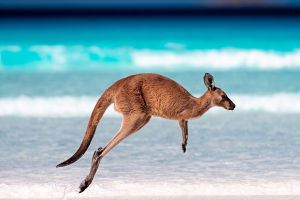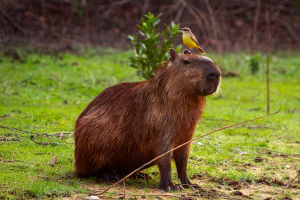Have you ever been curious about what makes lions so special in the animal kingdom? We often hear they’re called the “king of beasts,” but lions are much more than just a symbol of strength.
Let’s take a closer look at their lives, habits, and why they matter so much in nature.
Where Do Lions Live?
Lions mainly live in parts of Africa and a small region in Asia. Their homes include tropical grasslands, dry forests, and open woodlands. Over time, their natural habitats have shrunk because of human activities, leaving lions mostly in protected parks and reserves. For example, in Africa, you can find them roaming in places like the Serengeti and Okonjima Nature Reserve.
What Makes Lions Look Unique?
Male lions are famous for their large, thick manes — a ring of long hair around their necks. These manes can range from light brown to nearly black and serve as a sign of health and strength. Females don’t have manes but sometimes develop small ones under special conditions. Male lions weigh between 160 and 200 kilograms, while females weigh slightly less, around 110 to 150 kilograms. Their fur color blends well with their environment, helping them stay hidden during hunts.
Life in a Pride: The Power of Teamwork
Unlike most big cats, lions live in groups called prides. This social life means they hunt together and care for each other’s young. Hunting in teams allows lions to take down bigger prey like zebras, buffalo, and antelopes. Their cooperation and roles within the pride make them top hunters and rulers of their environment.
A History of Strength and Survival
Lions have been around for thousands of years. They once lived in many parts of the world but are now mostly found in Africa and a small part of Asia. Humans have affected their populations through habitat loss and hunting. Scientists divide lions into two main types: Northern lions found in Asia and parts of Africa, and Southern lions mostly in East and South Africa. Knowing this helps protect and conserve them.
Built to Hunt and Survive
Lions have strong bodies with sharp claws and powerful jaws. Their senses — especially sight, smell, and hearing — are highly developed for finding prey and danger. Their tails end in dark tufts, which help them communicate with each other. All these features make lions excellent hunters and top predators in their homes.
Why Lions Matter to Us?
Lions keep ecosystems balanced by controlling the populations of plant-eating animals. When lions disappear, it can harm the environment. We need to protect lions by saving their habitats and stopping illegal hunting. By caring for lions, we help protect the entire web of life in their homes.
Let’s Protect These Amazing Creatures Together
Thank you for joining us to learn about lions. They are not just fierce animals but also social and smart beings that play an important role in nature. We hope this inspires you to care about wildlife and share what you’ve learned. Together, we can help keep lions safe and wild for future generations.
Lions 101 | Nat Geo Wild
Video by Nat Geo Animals


